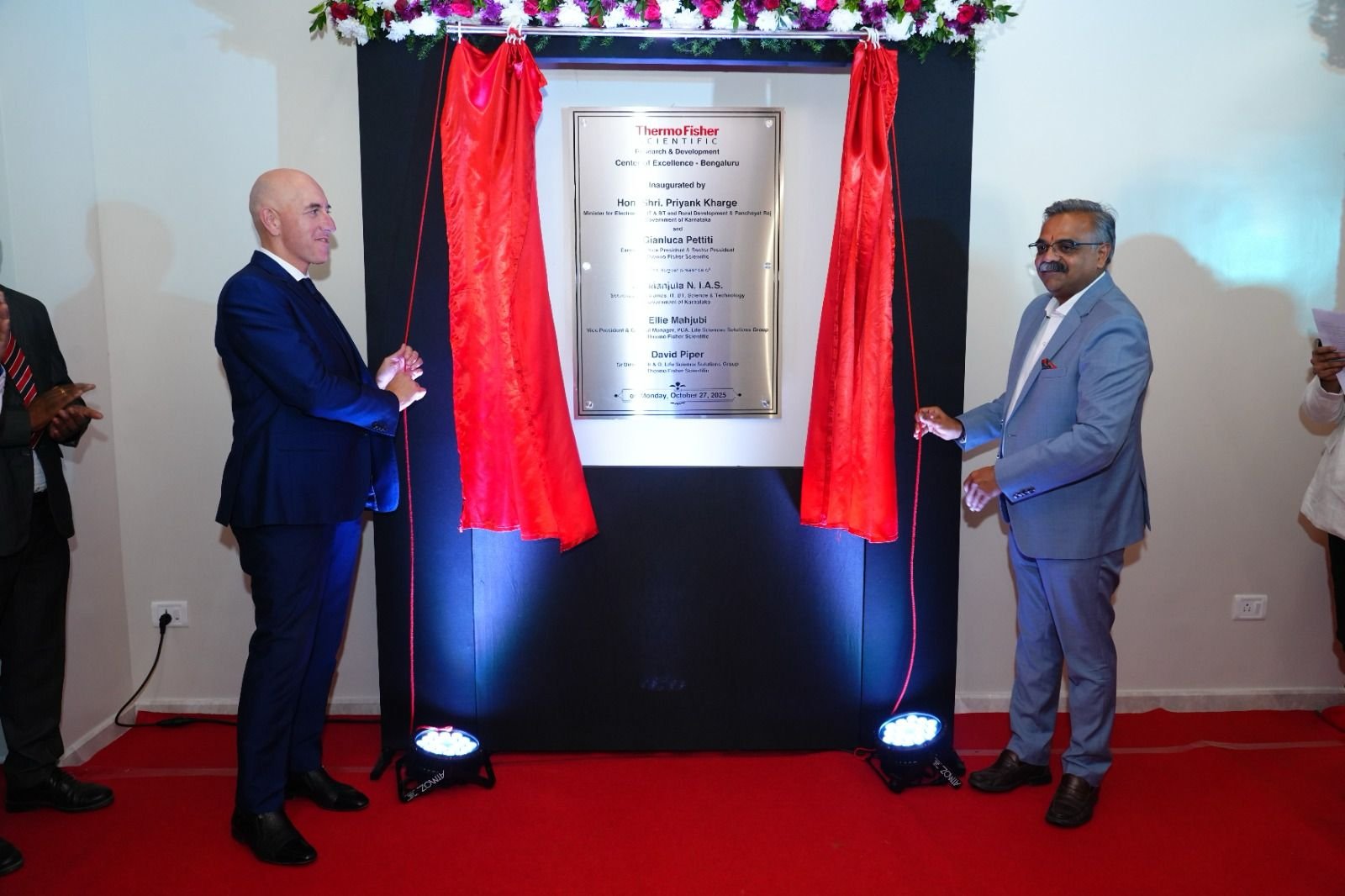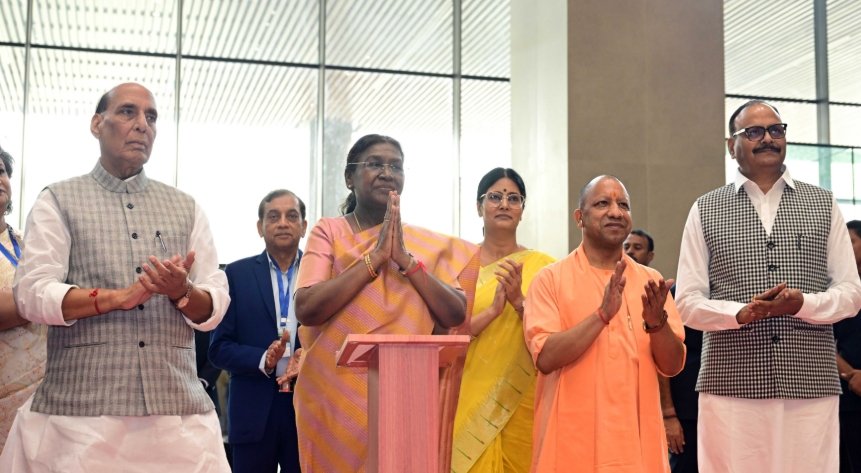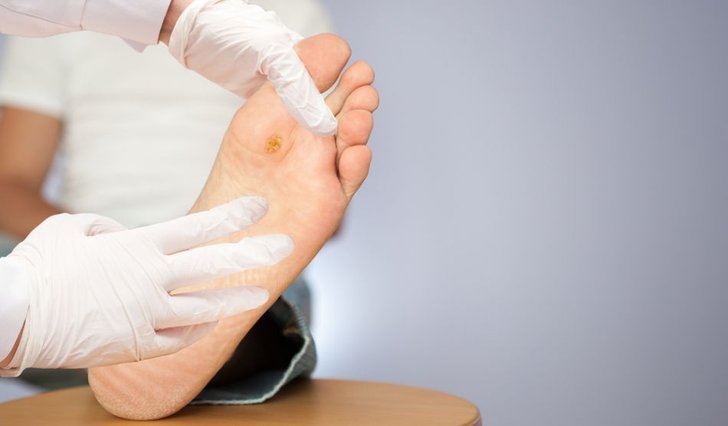Pioneering interventions in chronic disease control in India
May 17, 2024 | Friday | Views | By Prof. (Dr) D. Prabhakaran, Executive Director, Centre for Chronic Disease Control
Studies indicate that effective rehabilitation can decrease the likelihood of future disease and reduce the risk of death from chronic diseases
Unknown to most of its 1.4 + billion population, India is under the grip of a chronic disease pandemic. Cardiovascular disease (CVD), comprising heart diseases, diabetes, and stroke, contributes to 1/3rd of mortality in the country, across several age groups, and socio-economic backgrounds. In some states, the disease has started breaching the urban-rural divide, with a higher burden on rural areas.
CVD is characterised by the onset of heart attacks or strokes at the most productive years of life and higher death rates after a heart attack or stroke. It results in economic hardships to individuals and families, and adverse consequences to the nation’s economy. The Harvard School of Public Health estimates that India will lose close to $2.3 trillion by the year 2030 due to CVD.
Regrettably, India is also home to the world’s 2nd largest diabetic population. It has a high burden of hypertension and the obesity rates are exponentially increasing. Furthermore, recent findings suggest that stroke is the 2nd most common cause of death in India, with nearly one stroke every 40 seconds, and one stroke death every four minutes. To contain this silent pandemic, there is an imperative need for innovative healthcare interventions.
Prevention, Management, and Rehabilitation – The Need for Novel Solutions
Genetic predisposition for conditions like diabetes and early life influences set the stage for various health outcomes in later life. Personal choices like sedentary lifestyles, unhealthy diets, and substance abuse accentuate these risks. Additionally, elevated blood pressure, inadequate sleep, increased cholesterol levels, excess body weight, pot belly, and stress further contribute to CVD and its complications. Further air pollution exacerbates this growing problem, along with a myriad of other environmental determinants.
While evidence-based solutions are available for the prevention and management of CVD, these are poorly implemented due to a variety of reasons. These include poor awareness, inadequate access to good quality care, maldistribution of health care services, and a host of other health system issues. We, therefore, need out-of-the-box thinking at multiple levels – in prevention, management, and rehabilitation - to address this monumental challenge.
Here are a few solutions that go beyond the one-size-fits-all mindset, and attempt to tackle this health crisis effectively:
- Citizen-group activists: Trained citizen-group activists conduct door-to-door campaigns and health camps to generate awareness in designated hot spots. This is similar to the methodology used during the national-level Pulse Polio program for eradicating polio from India.
- Multilingual mobile health apps: These mobile apps provide education, self-management features, and healthcare information 24x7 in regional languages. These technology-driven healthcare delivery platforms have qualified physicians acting as the central overseers of the ecosystem. The apps address literacy challenges by utilizing visual aids, storytelling, and other non-text-based methods.
- Community-based interventions: Engaging local communities through interactive workshops, and street plays raise awareness effectively.
- Social media campaigns: Curated campaigns on platforms like Facebook, YouTube, Instagram, and WhatsApp reach diverse populations with relevant messages. In addition, partnering with local celebrities or influencers increases awareness and motivates behavior change.
- Leveraging existing networks: Integrating health education programs into existing networks like schools, colleges, workplaces, and religious gatherings to reach a larger audience. At present, we have several chronic disease management systems in place. However, these need to be more accessible and pocket-friendly.
- Wearables: Health monitoring wearables such as smart watches, wearable ECG monitors, wearable blood pressure monitors, and biosensors - a self-adhesive patch that collects data on user movement, heart rate, respiratory rate, and temperature. These aids continuously monitor vital signs and provide insights into heart rate, sleep, activity levels, and blood sugar. Users can set personalized goals, track progress, and benefit from gamification features for motivation.
- Nanoscience and precision drug delivery: These systems are aiding more effective treatment, better prognosis, and less adverse effects on non-target tissues. Simple fixed-dose combinations or polypill is a simple example that can be used in the prevention and management of heart diseases.
- Remote digital health consultations: These online technologies provide remote consultation services with specialists, medication reminders, and disease monitoring to underserved areas.
- Artificial Intelligence (AI) powered decision support systems: These systems help healthcare providers to personalize treatment plans and identify the risk of complications.
- Community health centres in every locality: Trained community health workers and Mohalla clinics provide basic care, education, and support to patients closer to their homes.
Studies indicate that effective rehabilitation can decrease the likelihood of future disease and reduce the risk of death from chronic diseases. These methods include:
- Tele-rehabilitation: It provides remote rehabilitation services, including physical and occupational therapy, to patients who face transportation barriers.
- Augmented Reality (AR) and Virtual Reality (VR) based rehabilitation tools: AR and VR provide numerous benefits. For example, early activation changes in the sensory and motor systems can aid motor re-learning and promote neuroplasticity, essential for improving rehabilitation in stroke patients.
- Vocational rehabilitation programmes: These programs can help patients acquire the skills needed to return to work or find new employment opportunities.
Where there is immense merit in innovation, emphasis must also be made on holistic well-being which integrates traditional approaches like yoga alongside modern medicine. Collaboration between innovators, healthcare providers, the government, community leaders, not-for-profit organizations, and private sector organizations can potentially help effective rollout and implementation of solutions that can reduce the burden of chronic diseases in India.
Prof. (Dr) D. Prabhakaran, Executive Director, Centre for Chronic Disease Control









